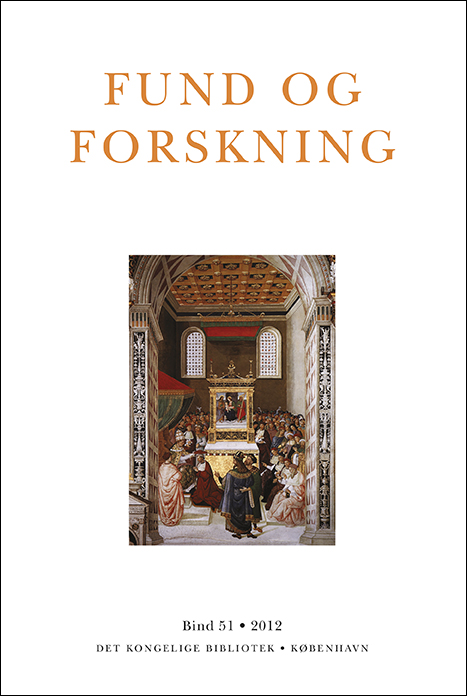Teori og praksis i blomstermaler I.L. Jensens tegneundervisning
DOI:
https://doi.org/10.7146/fof.v51i0.41282Resumé
Through close analysis of an unpublished body of drawings and teaching material kept at the Norwegian manor of Rosendal, close to Bergen, as well as material from the Royal Library in Copenhagen and the Danish Art Library, it is possible to reconstruct step-by-step the process by which Danish flower painter Johan Lauritz Jensen (1800–1856) taught drawing to his many pupils during the first half of the nineteenth century. This allows us to conclude that Jensen closely followed academic tradition as he had learned it at the Royal Academy of Art in his youth, where instruction followed very precise stipulations, proceeding from the simple to the more complex, with the aim to produce idealised images closely based on tightly controlled reference material such as prints and drawings. The underlying philosophy at the time was that the purpose of art was to capture the ideal beyond the temporal world. In the case of flower painting, this was best achieved by working systematically to construct arrangements that would be entirely implausible in reality. The Norwegian material furthermore includes a number of prints and drawings by I.L. Jensen that must have been acquired by the daughters of the estate while they were studying in Copenhagen in the years 1831–35. The evidence provided by this material makes it clear that they were taught not by Jensen, as has previously been assumed, but rather by the contemporary flower painter Christine Løvmand (1803–1872).


